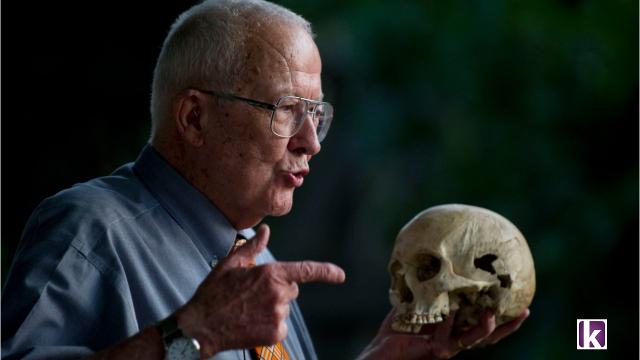

A few hours later – the exact time depends on a variety of factors – once cellular energy (ATP) runs out, muscles could no longer return to a relaxed state, leading to the stiffening of limbs (rigor mortis).

Shortly after death, our bodies stop producing heat and gradually cool to the room temperature (algor mortis). The three most noticeable early changes after death are algor mortis, rigor mortis and livor mortis. As anyone who has accidentally left a pork knuckle outside in a warm summer afternoon can testify, dead body tissues undergo a series of grisly changes that usually culminate in complete skeletonization 1. The biggest advancement the facility made is in our understanding of post-mortem changes, or the various processes that occur in a body after death.

The facility accepts not only the freshly deceased, but also cremated remains, which also contain information, such as the sex of the former owners. The collection helps researcher systematically study the effects of diseases such as diabetes and obesity on bones, as well as the difference in bone structure between different demographic groups. Bass Donated Collection, the largest collection of skeletal remains from modern people in the U.S., consisting of over 1800 sets of skeletons. Once the person’s remains become skeletal, they are deposited to the William M. In each of these settings, the conditions of the bodies and environmental variables are periodically recorded.

After appealing to the administration, he was granted a parcel of land that gradually expanded to what’s now the 2.5-acre Forensic Anthropology Center, established in 1987. With around 100 donated bodies each year, the facility exposes them to a variety of settings: clothed or naked, exposed to scavengers or sheltered, subjected to summer heat or wintry blast. Bass, realized the dearth of knowledge concerning the dead, having once incorrectly underestimated the age of a corpse by 113 years (The remains were thought to be only a few months old, but were in fact that of a 19th century Colonel William Shy, killed during the American Civil War and embalmed for preservation.). The Tennessee Body Farm was first conceived in 1971 as its founder, Dr. This is the University of Tennessee Anthropological Research Facility, better known by a macabre-sounding nickname: the Body Farm. Figures clad in gloves and water-repellent gowns work through the stench and the swarm of flies, jotting down observations of the decaying cadavers and scooping up soil samples into a jar. A few miles from downtown Knoxville, Tennessee, in a wooden plot surrounded by barbed wires, cadavers are put inside wire cages, car trunks or even submerged underwater.


 0 kommentar(er)
0 kommentar(er)
